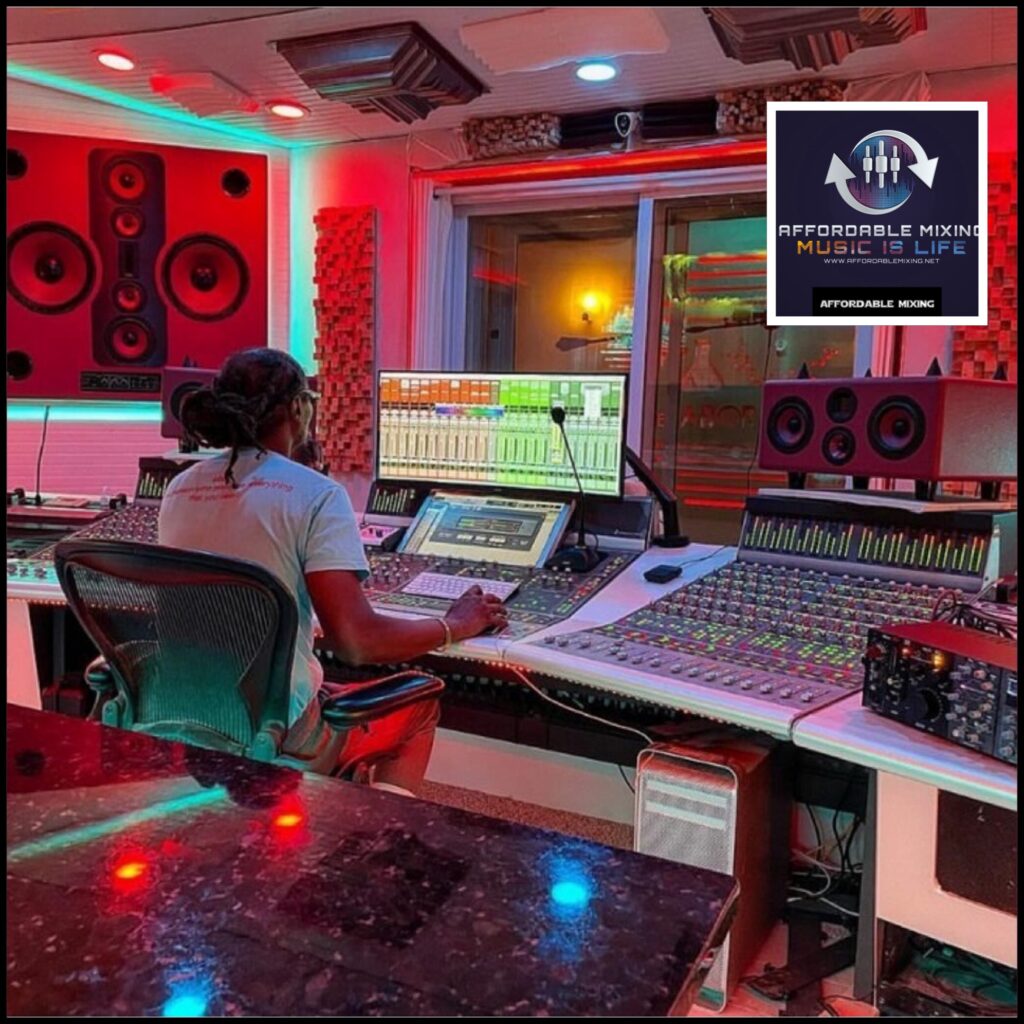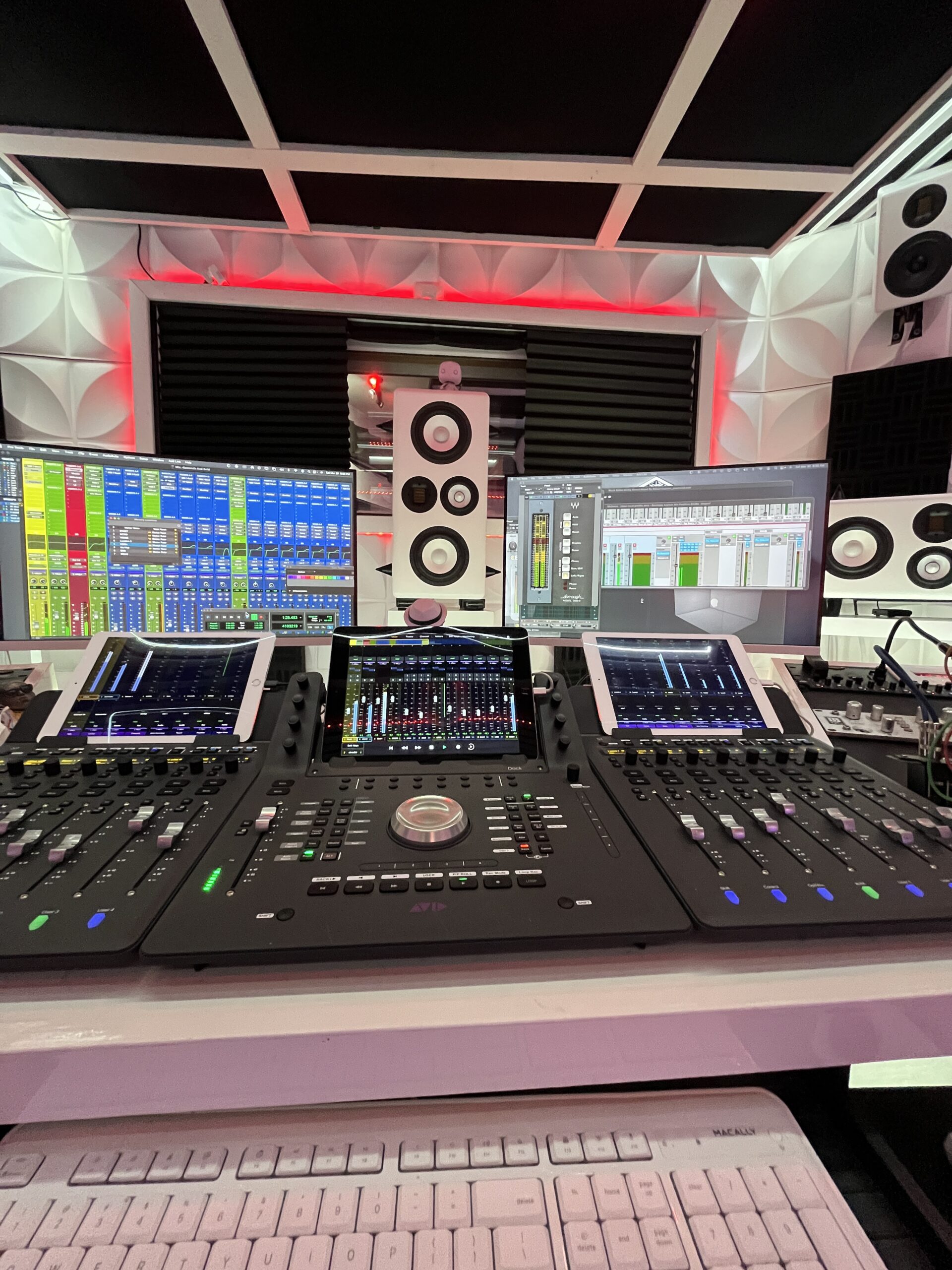In the modern age of technology, music artists need to adapt to advanced recording techniques. This is essential to capture the sound more finely, which will convey the full range of emotions through the beats.
Advanced recording techniques promote sound clarity and give them a fine layer of definition. Understanding the modern music & recording equipment is necessary, as well as the acoustic nature of your space.
But that’s not all. If you’re in the music industry and looking for the best ways to capture sound, here are the best advanced recording techniques for artists.
( Also Read More – The Importance of Artist-Engineer Communication in Recording Sessions )
Understanding the Advanced Recording Techniques:
When we are referring to the word advanced, we refer to the latest technology that is being used in the modern age of music. This technology captures the complex structure of the sound in height quality at present time.
Digital Audio tech is the core of advanced technology. Why? It offers better sound manipulation control.
Factors to Inspect:
1. Format – Today’s advanced audio recording techniques use WAV formats for high quality. However, mp3 is still trending for its smaller portable file size.
2. Sample Rate – Sample rate is the measurement of audio samples carried per second. It is measured at kHz & Hz. The higher the sample Hz, the higher the quality is.
3. Bit Rate – It shows the amount of data passed per second.
4. Pulse Code Modulation (PCM):
It shows the analog pulses in digital form.
1. Master the Microphones:
Different microphones are needed for different sounds. As a recording artist, make sure you have an utter command of all of them.
| Microphone Type | Best Use Cases |
| Dynamic | Live performances, loud sources/ durable and handles high volume levels. |
| Condenser | Studio vocals, acoustic instruments/ capture details in wider frequency range. |
| Ribbon | Vintage sounds, electric guitars/ Offers warm & natural sound recordings, better in nuanced audio settings. |
| Shotgun | Film audio, focused recording |
| Lavalier | Interviews, dialogue |
Here are some tips:
- Consider the placement of the microphones.
- Use 3:1 distance rule for correct phasing.
2. Understand the Room Acoustic :
Your recording quality hinges on how acoustic your room is. Uneven or excessive reverberations creates a muddy sound, which is absolutely not good for recordings.
Consider a balanced room including room shape, sound reflection materials, frequency absorptions, and the studio sound.
Here are some tips to consider:
- Use thick curtains or foam panels to absorb high-frequency sound.
- DIY diffusers for scattering and diffusing sound waves evenly.
- Use Bass traps on corners to control low-frequency noise accumulation.
- Use professional calibrated microphones and automated digital signal processors to tailor the needed acoustic room.
( Read More – Essential Skills to Become an Expert Sound Engineer )
3. Blend-In With The Artist’s Perspective:

An artist’s role in the recording is more of a psychological one. Being an engineer, you must understand what and why the artist is recording in different moods.
Preparation, study, and technical excellence are the keys to blending-in with the artist’s perspective.
Here are some tips to follow:
- Familiarise with your work and materials in & out.
- Rest well for your best performance.
- Warm-up before the actual recording is a must.
- Discuss the vision of the artist and understand it.
- Never forget to bring comfort items.
- Take multiple takes.
- Experiment with acoustic equipment.
4. Mastery Over Different Instruments:
There are four major types of instruments that you need to master. Different sound instruments need different practices to capture their smoothness. Here are all of them:
1. String Instruments:
- Use a small diaphragm condenser for violin and cellos for a detailed sound profile near the f-hole.
- Keep a ribbon mic at 6–12 inches from the f-hole.
- Place it slightly above and point towards the bridge.
- Experiment with the angle to get the best blended results.
2. Percussion Instruments:
- Use dynamic microphones for loud sources like drums.
- Large-diaphragm for a broader sound profile on quiet instruments like Bongos.
- Use close milking techniques for better control in post-production.
- Use these placements – Kick Drum inside the Drum, Snare- 1-3 inches above the rim, angled down, Overheads- Equidistant from the centre of snare.
3. Wind & Brass Instruments:
- The aim is to capture the sound without getting the hindrance of breath noises or key clicks.
- Use condenser microphones to capture sensitivity & flat frequency.
- Use an off-axis angle to reduce harshness.
- Consider the room’s EQ & acoustic nature.
4. Electronic Instruments:
- Use Direct Input (DI) to get the purest sound.
- Record separate tracks for each sound for better control.
( Behind the Sound- The Magic You Don’t Know About Recording Studios )
5. Voice Recording Excellence:
Enjoying the excellence of the voice recording will let you capture the vocals greatly. In this section, we will discuss the solo and group vocal recording tips as well as the techniques of doing so.
1. Solo:
- Use condenser microphones.
- Keep a 2-12 inch distance between the source & mic.
- Use pop-filters to reduce unwanted sound.
2. Group:
- Use multiple microphones and balance them for an equal domination unless one is intended to.
- Adjust the sound levels to match with the group’s sound.
- Balance the characteristics of each microphone with rooms’ acoustic.
3. Techniques:
- Use the microphones at slightly off-axis for vocal recording.
- Use low-set filters or pop-filters.
6. Adapt the Dynamics Live Recording:
There are three factors to consider when you’re up for live recording.
1. Recording environment:
- Use versatile microphones and stands.
- Position your microphones.
- Use acoustic treatment for better sound reflection and capturing.
2. Blending the ambient & direct sounds:
- Use ambient microphones to capture the room’s acoustic nature.
- Focus on close milking techniques for instruments.
- Use a DI box for noise-free instrument feeds.
3. Utilising specific mixing technqiues:
- Apply EQ sparingly to maintain the natural sound.
- Use compression with caution to balance the dynamics.
- Design a dynamic mix to capture the energy of live performance.
Advanced Recording Tips & Tricks:
- Use high-quality pramps to add warmth & clarity to your audio.
- Use a hardware compressor to manage dynamics.
- Dedicated EQ units can shape the sound tone.
- A delay unit captures ambient spaces vividly.
- Use saturation units or tube processors for harmonic enhancement.
- Do recordings in natural setups like forests or rocky spaces to get the ambiance of life.
- Use unconventional places like stairwells to use their acoustic nature.
( Read More – Why do artists need mixing and mastering services for better music? )
Conclusion:
In this blog, we have discussed how advanced recording techniques are making sound far better than it was before.
Today’s time is of clear, emotion-rich sound quality which can make people laugh & cry with the fluctuations. All that is possible due to the enhancement in technology in the 21st century.
In this blog, we have discussed the tips and tricks of modern recording and how you can create the best of it.
Apply them all and we will meet in the next article.

